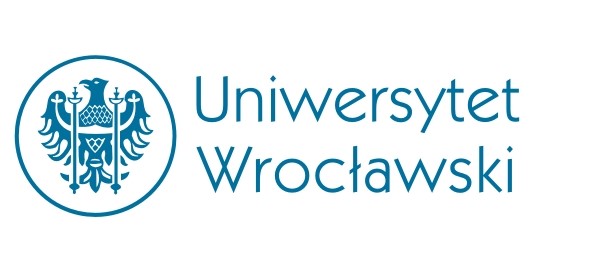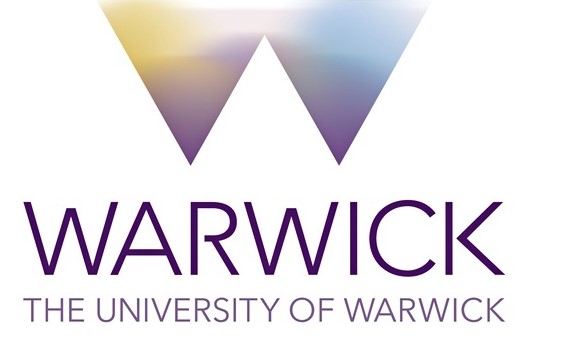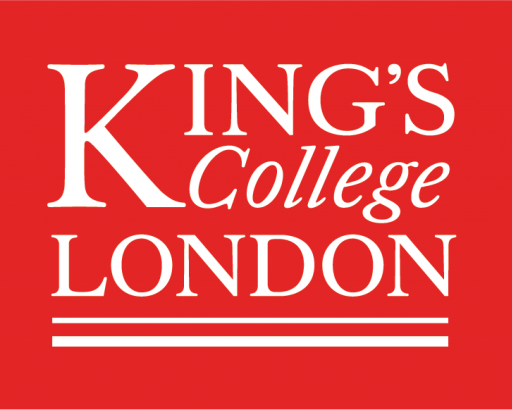Michael Olesberg, February 2019
There are very few Russian cars in Narva. Narva is geographically closer to Saint Petersburg than Tallinn. Russia is just across the river and the city is more than 90 percent Russian-speaking. However, EU safety regulations limit the sale of Russian made cars. These borders are no less important than the imposing castles overlooking the border across the Narva River—the physical border between the EU and Russia.
Narva’s history is that of centuries of exchange in the Baltic Sea littoral—voluntary trade and compelled exchange of land through conquest. On the road to Russia and Hanseatic trade routes, Danes, Livonian knights, Germans, Swedes, Russians, Soviets, and Estonians have each ruled Narva in the last 800 years.
The Wehrmacht damaged Narva in 1941 as it swept towards Leningrad, but the Red Army leveled the city in 1944 by as it fought to regain airbases in Estonia to attack Finland and East Prussia. After the war, the Soviet government replaced most of the ruins with apartments for a large industrial town. The Soviet government shipped in Soviet citizens from around the country to work in heavy industry. Thus, European Russians, Russians from East of the Urals, Ukrainians, Belarussians, and others replaced the indigenous prewar population.
The story of Narva after the 1991 is familiar to many industrial towns in the western world: major factories in town slowly died (though more a result of Soviet inefficiency than new technology), government support did not make up for the loss of jobs or social fabric, and the next generation who could leave have gone to Tallinn, Finland, or elsewhere in Europe looking for better opportunities. A similar story could be told of many industrial cities in England or the American Rust Belt. The dichotomy between Tallinn and Narva was familiar to me. I grew up in a city in the American Midwest which is thriving and adapting, like Tallinn, but with friends from industrial towns which are withering a short distance away.
In other ways, Narva’s experience is completely unique. The Russian-speaking population of Narva, bound by a Soviet working-class identity, work up one morning in a completely new world. The Soviet Union was gone, the factories in danger of closing, and their government spoke a different language. Yet its unclear that the Russian government represents the Russian-speaking citizens of Narva either, despite linguistic connections. Narva remains between Russian and the EU.
I generalize in these observations, overlooking the significant diversity in experiences and beliefs among the citizens of Narva. While my experience in Narva was just a cursory view, I am left with a sense of the importance of the feelings of belonging and appreciation. The Estonian government’s attempts to reach out to the population of Narva are encouraging, but I was most encouraged but the efforts we saw at the personal and local level.













